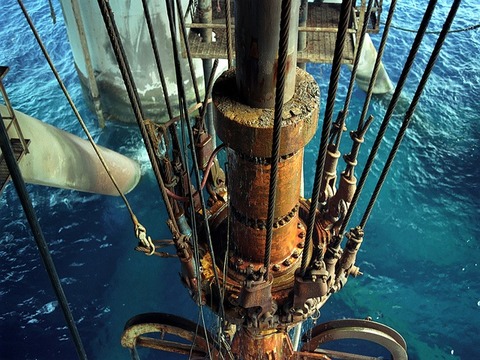University innovators harness bat power for new pipeline leak solution
3 Feb 2020

While Bruce Wayne did it in fiction, university engineers and their partners have harnessed the natural ability of bats to make the world a safer place in reality…
They have created a new scanning system that can detect metal corrosion in oil and gas pipelines and potentially stem the leaks that cost the industry millions of pounds annually.
“This system works a bit like the chirps made by bats. These chirps are a superposition of different ultrasound wavelengths, which bounce back to the bats’ ears,” said Mauro Licata, PhD researcher on the project.
“As well as highlighting the benefits of combining multiple reflection sensing techniques to detect for problems such as corrosion, our work further illustrates the significant potential that can be had from taking inspiration from, and mimicking, systems that have evolved in the natural world.”
Corrosion in oil pipelines tends to be measured with ultrasonic or electromagnetic techniques. This is impractical for underground pipelines, or those covered with insulating layers of concrete or plastic.
The new system, developed by engineers from Lancaster University, the National Physical Laboratory, and technology company Hybrid Instruments Ltd, makes use of reflected signals –known as ‘backscatter’ of isolated fast-neutron and gamma radiation.
Neutrons interact mainly with low-density materials such as plastics. In addition, fast neutrons have a high penetrating power, suitable for probing thick materials. Gamma rays interact mainly with metals and not always are able to penetrate very thick materials of high density.
The two radiation types produce a different electronic signal. This means researchers can retain data on both simultaneously using a the ‘mixed field analyser’ detecting device previously developed by the university and Hybrid Instruments.
“The combined beams of neutrons and gamma rays in parallel bouncing back to an array of detectors yield a comprehensive and fast representation of the inner structure of steel,” explained Licata,
Neil Roberts of the National Physical Laboratory said the project provided a great example of NPL’s world-leading neutron facilities being used for innovative science with a positive impact.
The intention is develop the detector system further, to detect faults by pointing it externally at pipelines. It is hoped the technology could also be used in other applications, such as inspecting the integrity of structures such as bridges.

